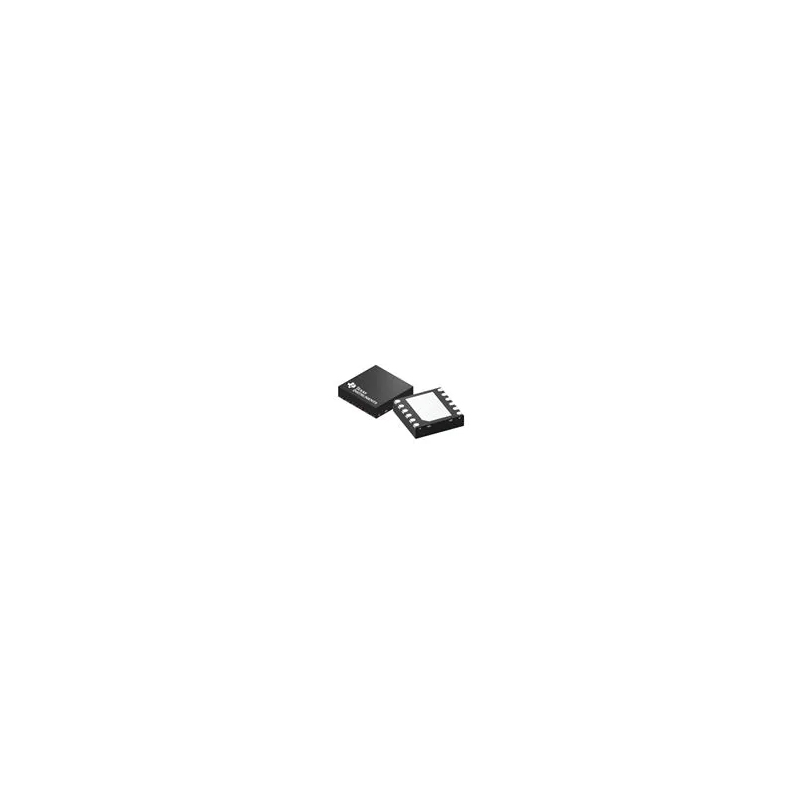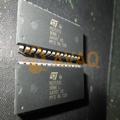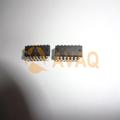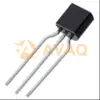Digital Camera Solutions for CMOS Sensors
 Published: Apr 28, 2023
Consumer Electronics
Share:
Published: Apr 28, 2023
Consumer Electronics
Share:
What is a CMOS Digital Camera?
For the end user, a digital camera with CMOS technology is not very different from a conventional camera. Most of the methods of taking pictures and arranging the correct position for the subject within the viewfinder are exactly the same. While conventional cameras require the use of a 35mm film to expose and store images, digital cameras expose using a CMOS sensor and store photos using built-in flash memory or removable memory cards.
A CMOS sensor consists of an array of photodiodes. When a picture is taken, the CMOS sensor exposes it and then reads the image data. This information is sent to a coprocessor or back-end controller. The coprocessor takes care of all the processing until, finally, the image is compressed and saved in any kind of memory. Although the coprocessor can handle everything, we should see that the sensor and the lens are very important in the imaging process. Even if the coprocessor has a very sophisticated image processing capability, if the image data is distorted badly, then it is impossible to fix it completely again. Despite the complexity of the imaging process, there are simple solutions.
ST has great experience in solving these complex problems. The STv0684 coprocessor and the VC6700 (2 megapixels) CMOS sensor are among the solutions that support 2 megapixels and even higher resolution. For the user, we offer a tool that is not only a chipset but also a turnkey solution.
Product Features and Benefits
The VC6700 CMOS sensor uses a quad-transistor (4T) configuration and an H8i (0.18μm) manufacturing process. This means that the sensor has four transistors per pixel, which is particularly advantageous in low-light conditions, where the biggest difficulty with ordinary CMOS sensors lies in poor imaging in low-light conditions. With this technology, ST's CMOS sensors can achieve low-light performance very close to that of CCDs.
CMOS Has Other Advantages Compared to CCD
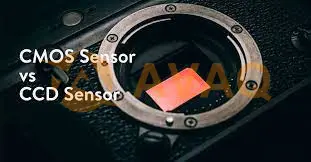
Low power consumption due to the use of a single power supply
Logic circuits can be integrated on the same chip, reducing the number of passive peripheral devices.
In addition, the VC6700 has been built in 3.3V and 1.8V linear regulators, which can be used with external power transistors to regulate the power of the rest of the circuit when using USB or rechargeable battery power.
We also have a built-in audio preamplifier for recording, which makes the audio circuitry very simple by simply connecting a microphone.
One of the main features of our sensor is a 48 MHz or 48 megapixel/sec readout speed, which makes it possible to achieve a video transmission rate of 25 fps (frames per second). This feature allows us to use the solution without mechanical shutter blades. At the same time, it requires that the coprocessor must also be able to handle data at this rate. Otherwise, it can lead to picture distortion, such as image fragmentation. Image fragmentation occurs when the data read rate is too slow. This is reflected in the fast-moving object because the sensor reads the sequence from top to bottom, line by line, according to the rolling shutter principle.
Comparing the STv0684 with other similar components, we find a number of differences, especially in the video pipeline. We have two separate processors within the same system, which can radically improve the overall performance. The VP (video processor) is composed of a hardware module and a controller-like high-speed 8051. This design has advantages over other solutions. The controller and hardware module work independently from the system, so the main controller (ST20 in this case) will not have to handle functions related to image quality, such as AE (Auto Exposure), AWB (Auto White Balance), color processing, and image consideration waveform. These high-intensity computing and arithmetic tasks are evenly distributed among the various firmware, while speed-related operations are performed by the hardware modules.
To make the image quality more reliable in harsh environments, our video processor adds an anti-defocus feature that recalculates lens brightness and darkness, a fixed pattern noise (FPN) reduction feature (for eliminating undesired drooping lines), a fault pixel error correction feature that does not require any special settings on the production line, and an advanced statistics processor. The video processor firmware can be changed at any time based on the common firmware of the main core. The main core is a proven ST20 32-bit RISC embedded controller, which is also used in many other ST multimedia solutions. The ST20's special feature is its embedded real-time operating system, OS20, an RTOS that further enhances system stability and flexibility. One option is that the code can be stored in a small package size SPI flash memory, or if NAND flash memory is available, it can also be booted from NAND flash. In this case, external NOR flash memory is no longer needed, saving valuable PCB board space for the product. The code is then loaded into SDRAM memory for processor execution. For this feature, DMA-driven NAND flash, SPI, and SDRAM controllers are built in.
Recommend Products
Related Solutions
-
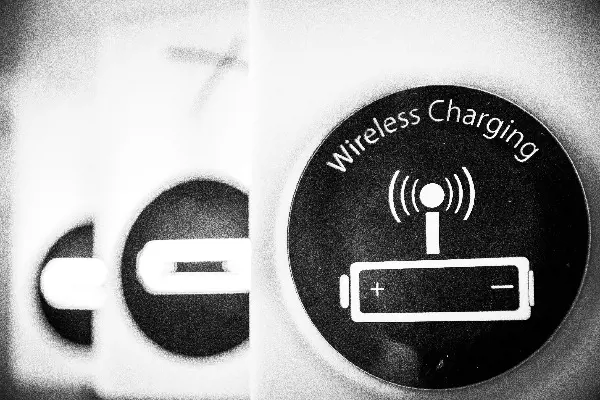
NXP Introduces High-Power Wireless Charg...
NXP Semiconductors announced the first high-power wireless charging solution for notebooks and 2-in-...
Apr 28, 2023 Consumer Electronics -
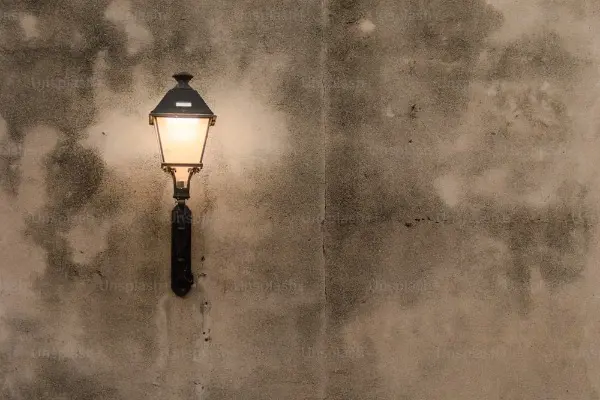
Multifunctional Street Light Automatic C...
The street light automatic controller is suitable for the automatic control of street lights in resi...
Apr 26, 2023 Consumer Electronics -

How Can IoT Solution Providers Build a S...
The Internet of Things (IoT) has been attracting a lot of attention in the industry for its security...
Apr 25, 2023 Consumer Electronics -
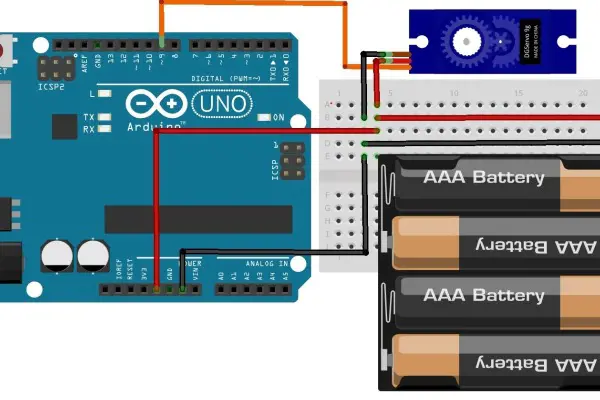
ADI Proposes a Solution for Servo Motor ...
For motor control solutions, ADI offers a comprehensive portfolio of products, including analog-to-d...
Apr 25, 2023 Consumer Electronics -

IoT Transforms and Adds Value to Consume...
The Internet of Things (IoT) is taking consumer electronics to another level and could lead to the n...
Apr 26, 2023 Consumer Electronics -
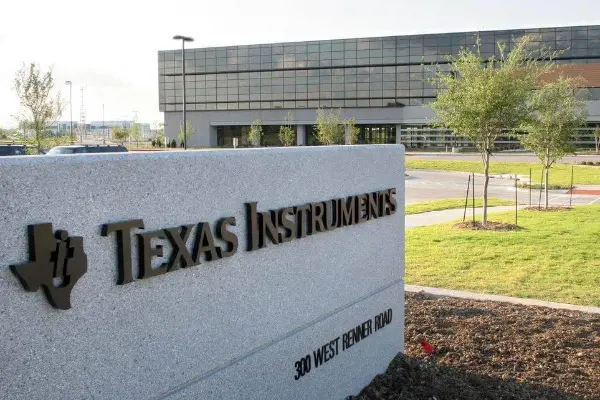
Texas Instruments Programmable Logic and...
Programmable logic controllers (PLCs) and programmable automation controllers (PACs) process and con...
Apr 26, 2023 Consumer Electronics

 Update Time: Apr 29, 2023 Consumer Electronics
Update Time: Apr 29, 2023 Consumer Electronics